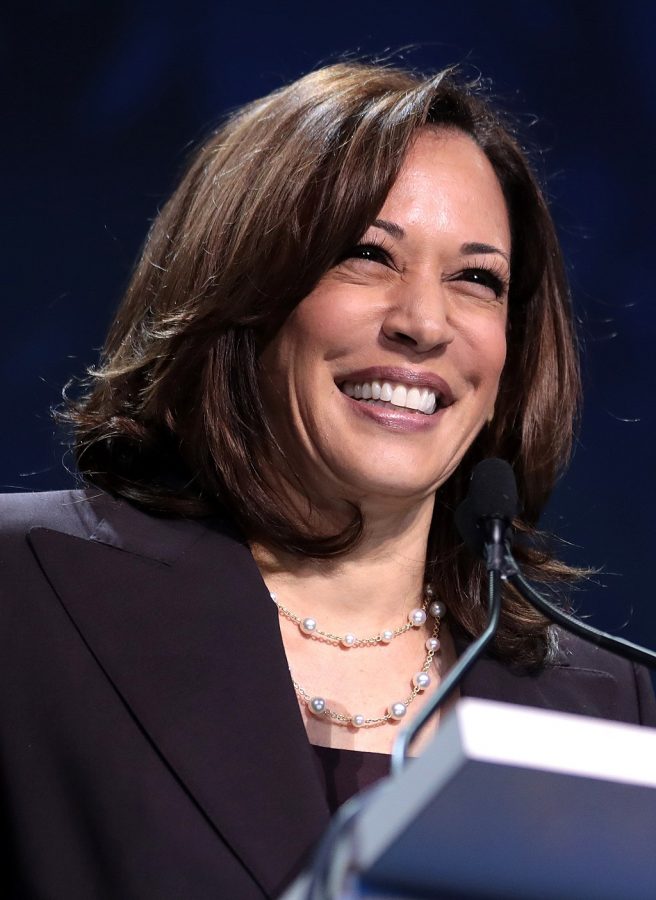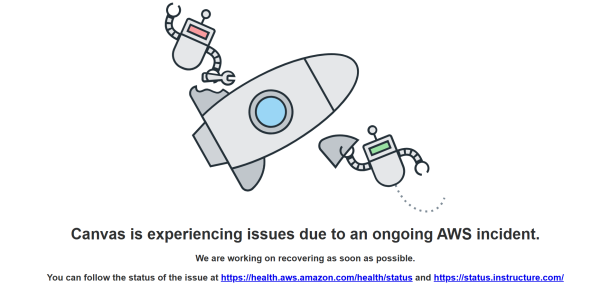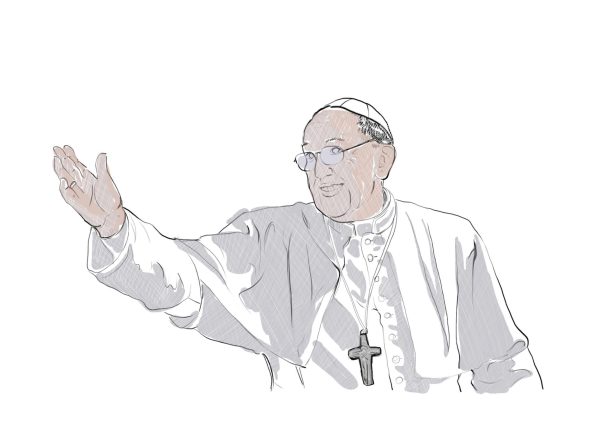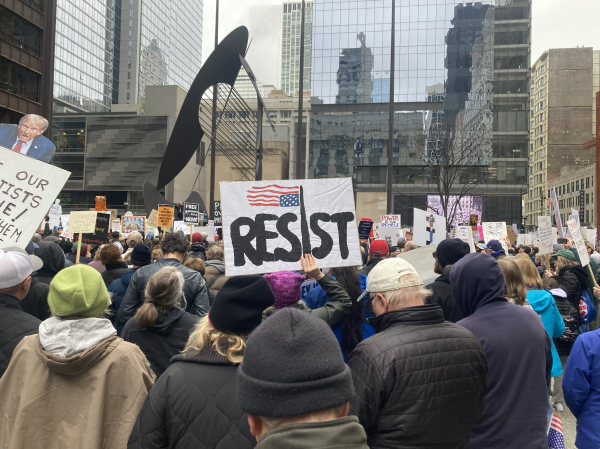Kamala Harris: How’s it going so far?
A Retrospective of the Veep’s First Year
The Vice-Presidency is a notoriously symbolic, low profile job. At best, VP’s oversee important policy items in a largely ceremonial role. Vice President Kamala Harris has been given highly important policy items like border security and immigration, but these issues are extremely difficult to navigate. Progress has rarely been achieved on these core policy initiatives in the last several decades, and she has struggled to change that trend in her first year. After the 2020 election where Harris, with her high name recognition, was a huge part of Biden’s success, many expected her to take on a larger role than her predecessors and achieve more success early on. This expectation is unfair, given her job description and policy assignments. When looking at the full picture, Vice President Harris has had a difficult start, but her first year has had several highlights that haven’t been adequately reported on.
Vice President Harris is the first woman and woman of color to be vice president. This is both historic and exciting. She brings a new perspective to the White House that is seldom heard from, and she has the power to lift up marginalized voices. It also shows the tremendous progress that we have made as a nation, and that we may have moved on from being governed solely by old, white men. Being the first of anything comes with its downsides, though. The Vice President has been the target of ferocious attacks from the right. These criticisms, which mock her leadership style and even her laugh, often have racist and sexist undertones. Former President Trump has called her “totally unlikeable” and a “monster”. This dehumanizing language is often used against women of color in power, and the Vice President is no exception. The double standard is clear. Many of her predecessors, like Vice President Pence, took far smaller roles than she has and didn’t advocate for change on big issues like voting rights. Yet many of the white men who came before her rarely faced criticism for their lackluster results.
Republican attacks like these have damaged Vice President Harris’s popularity. These attacks, combined with little coverage by the media on her successes, Biden’s low popularity numbers, lagging bills in the senate, and a still-raging pandemic have sunk Harris’s poll numbers to a historically low position. Though still higher than the Former President’s and Vice President’s, they are consistently below Biden’s. It is unclear whether these numbers are a slump which she will soon bounce out of or if they are here to stay. Whatever the case, both of their popularity ratings may need to rise quickly in order for their party to avoid a bloodbath in the midterms. Now is the time for a signature political win for the Vice President to campaign on in 2024, and for her to secure her political future in the process.
Vice President Harris is known to have ambitions for the presidency. She ran for the democratic party nomination in 2019, and she is expected to run again in 2024. When Biden picked her as his running mate, it was largely due to her image as the next generation Democratic leader. As the vice president to an aging man who has called himself a ‘transition candidate’ between his generation and the next, Harris is often seen as his heir. This is the main reason for the focus on her poll numbers, especially compared to past VP’s. Her vice presidency could set her up for political success in the future, or it could give her long-lasting wounds which hamper her in future races.
Despite coming into office with momentum, there have been several publicized problems that have rocked Vice President Harris’s start to her term. They have almost all been related to a lack of communication between her office and the West Wing and the high turnover rate of her employees.. There have been reports of friction between the Vice President’s office and the President’s, though their relationship appears to be quite warm and friendly. Some of the President’s closest aides, most of whom have worked with him for decades, feel a strong sense of loyalty to the President and have particularly scrutinized those in Vice President Harris’s employees. High profile staff departures, including her communications chief and press spokesperson, have plagued her office since the early days of the vice presidency. She has also experienced a high rate of staff turnover that has created a level of dysfunction that has made her work more difficult. This tough situation may be on the mend, though, due to the recent addition of multiple veteran political operatives to her team.
The two main areas which have been assigned to Vice President Harris are the Southwest border crisis and voting rights reform. Immigration reform has been a thorn in the side of administrations for decades. Harris has focused on addressing the root cause of the problem in Central America, and she released a plan addressing it in tandem with her trip to Guatemala in early June. This plan was far different from those tried by previous administrations.It included an anti-corruption task force, extra vaccines, and help from the private sector with investment in Central America. She also recently traveled to the inauguration of the first female president of Honduras, hoping to build a critical relationship with a new Central American government.
The second area the Vice President is working on, voting rights, is another hot button political issue. There may be no path forward for the Vice President due to sustained Republican opposition. Even though the Democrats have a very slight majority in the senate (with the vice president casting the tie breaking vote), any voting rights initiative needs a filibuster-proof supermajority of 60 or more votes. With Republicans unanimously opposed to bills making it easier to vote, and Senators Manchin (D-WV) and Sinema (D-AZ) staunchly opposed to filibuster reform, there seems little hope for progress. Vice President Harris has begun to focus on community-based action and voter registration efforts to counteract gerrymandering and voter suppression bills in Republican-led states like Georgia and Arizona.
The vice presidency is not the ideal position. A former vice president under FDR — John Nance Garner — famously said that it isn’t “worth a warm bucket of p@$s.” Facing this difficult job description and tough policy assignments, Vice President Harris has done the best she can in a demanding position. As she deals with slumping popularity figures and a fraught political climate, her next steps are important, as her future hangs in the balance.







